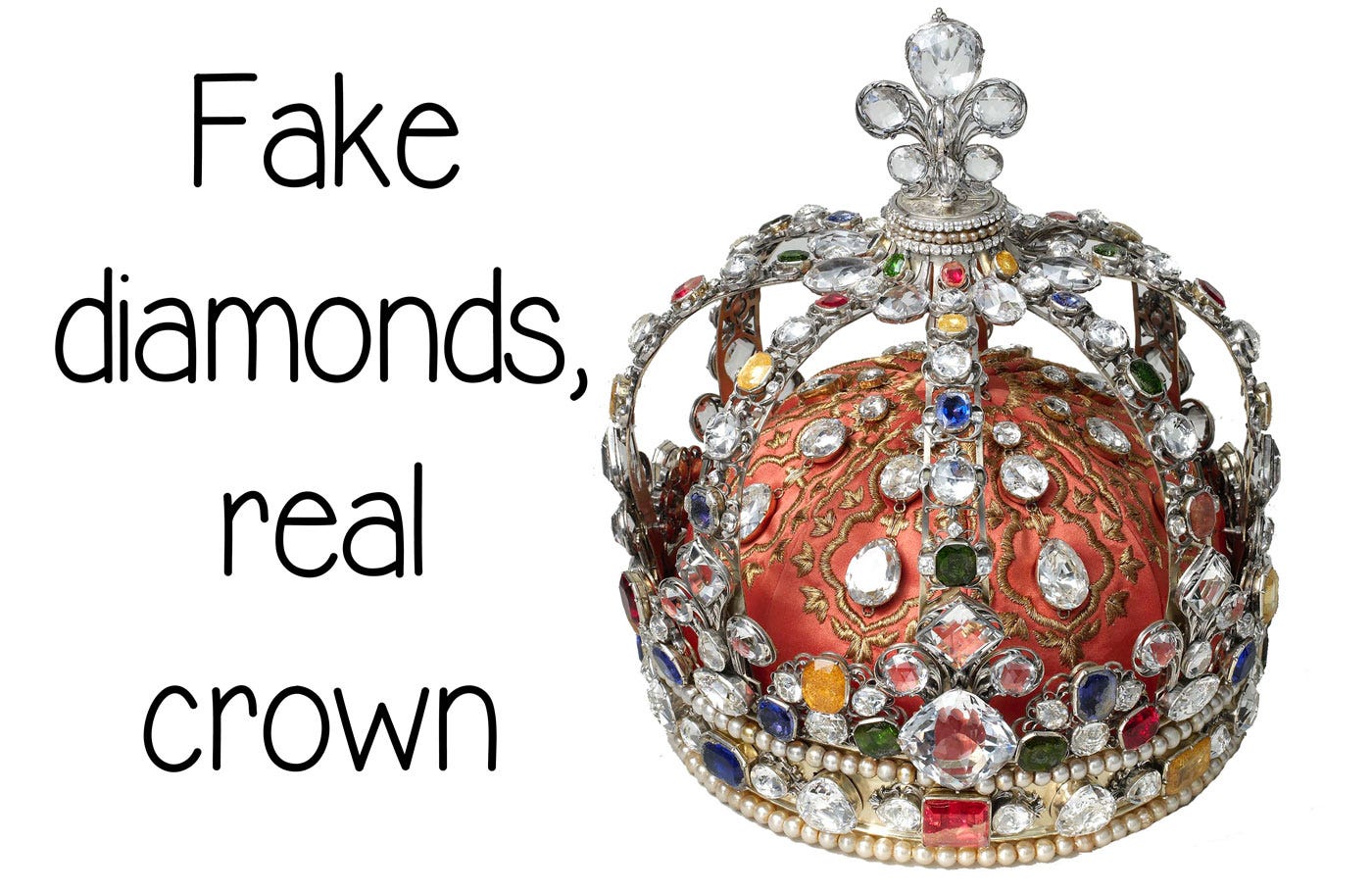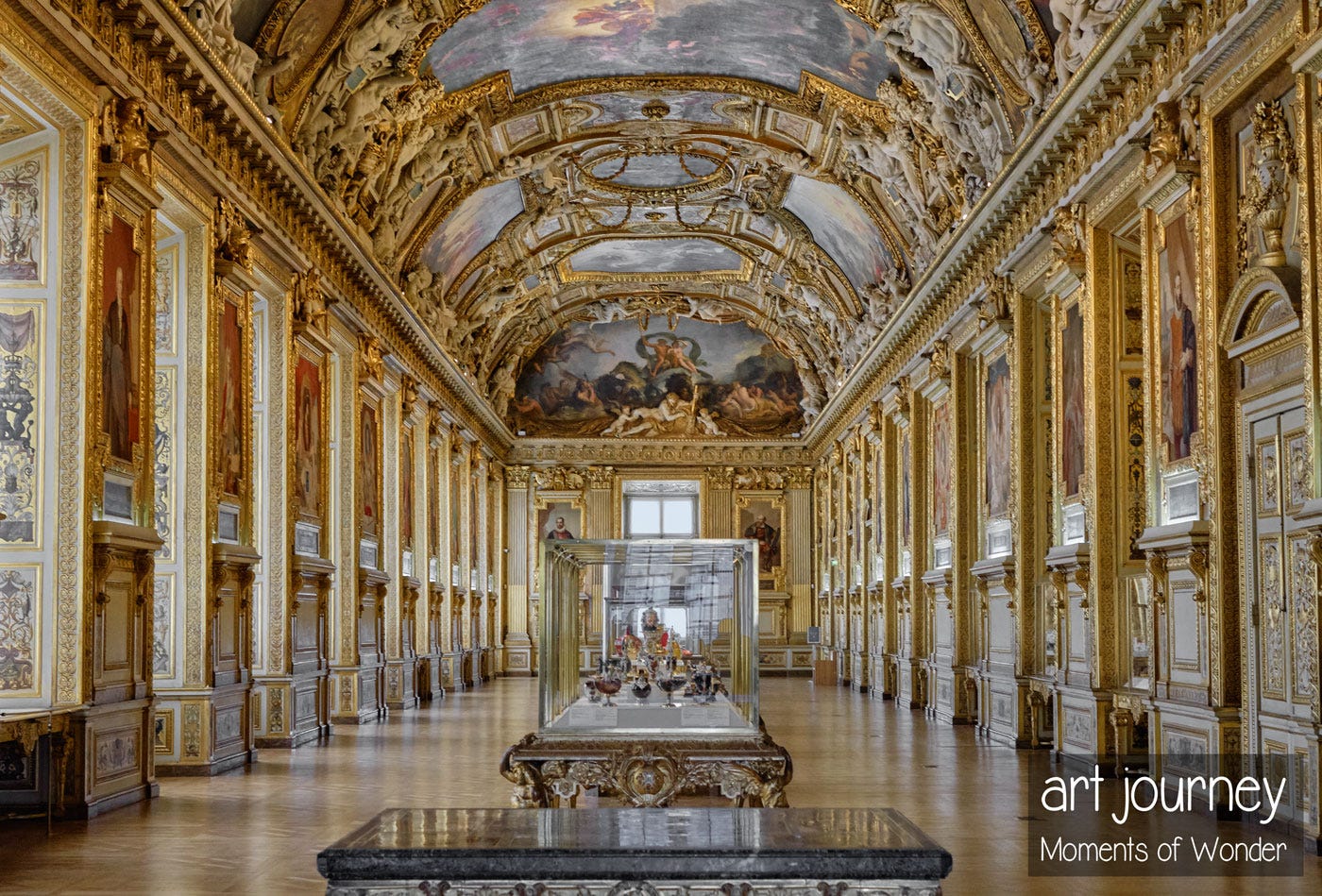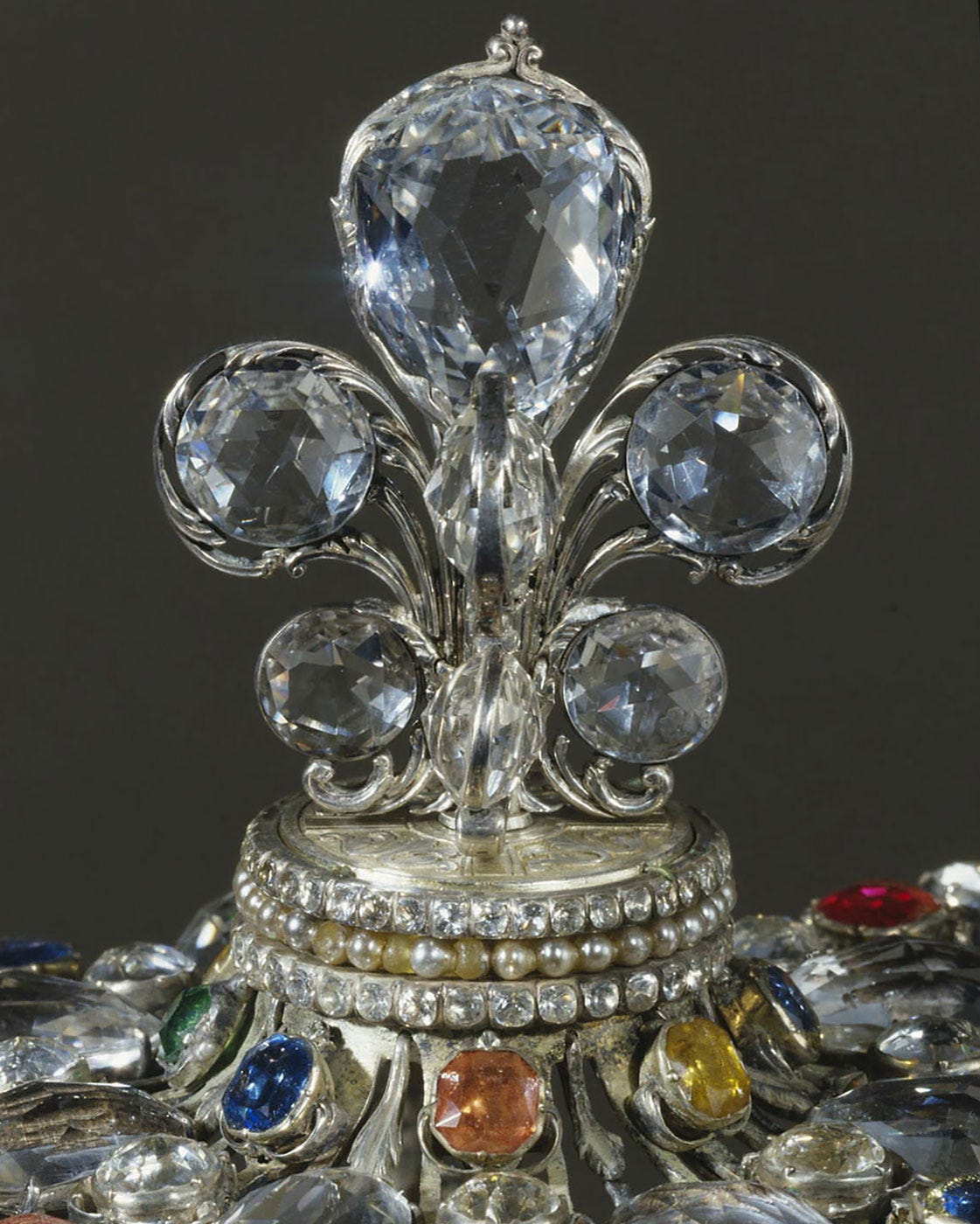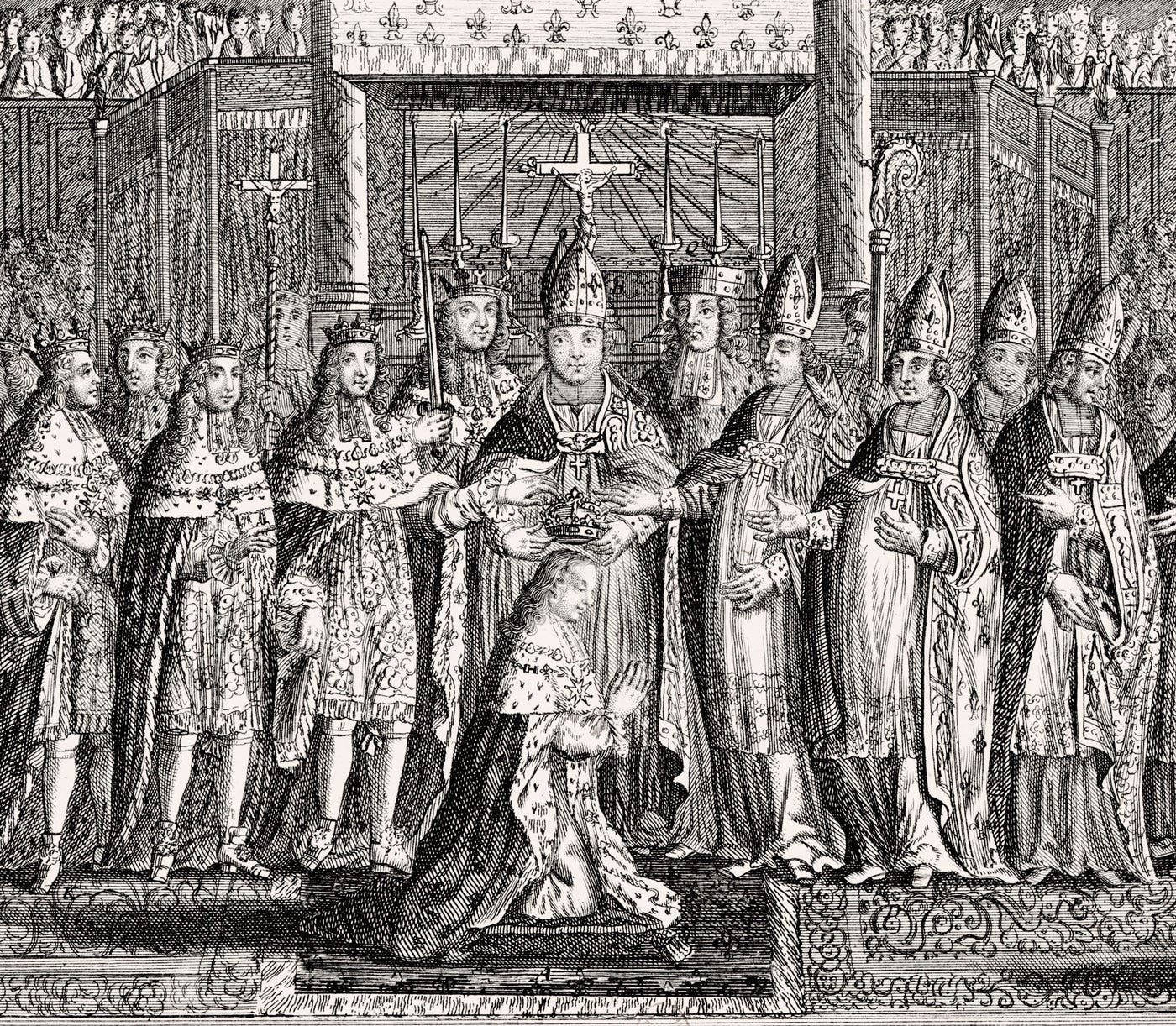How sad it is for the poor souls who run through the Louvre behind their phones.
It is their once-in-a-lifetime opportunity to discover among the world's greatest art treasures, and they don't enjoy a minute of it.
Eager to show that they had seen these wonders, they let their phones do the seeing without having even looked at what they had come to see from far away.
When they return home, their holiday journal consists of blurry pictures and the back of someone's head, hiding what they were trying to memorize.
One day, these digital images will be lost, and people will not remember anything because the memory was stored in a phone, not their minds.
Allow me to share a personal memory. I was four years old and on summer holidays in Algeria.
There were Roman ruins just be the seashore. I sat on a column, and my dad said, "Careful, this is 2,000 years old."
I will never forget the sense of vertigo I felt when I contemplated my four years in this world to the 2,000-year-old ruins around me.
There are no family photos of that moment to help me reminisce. Yet, I remember it vividly because I was in awe.
Today, we illustrate the benefit of slowing down so you may be in awe and gain a lifetime memory.
The French Crown Diamonds
This impressive room looks like Versailles, and for good reason. The people who created Versailles first built this gallery.
It is often known as the Crown Diamonds room.
There is still a King in Britain, and impressive crowns are worn for coronations and state events.
That ship has sailed in France: the last coronation was 200 years ago.
The Revolution was violent, destroying or melting down many royal objects.
Of all the crowns made for Kings and Queens, only one survives, the subject of this Daily Wonder.
Fake Diamonds
That is the fake or real important detail.
After being crowned, King Louis XV gifted the crown to Saint Denis' Basilica, where the royal regalia—crowns and valuable royal objects—were kept.
That astonishing monument is for another story.
Before that, diamonds were replaced by paste—glass—so in reality, gemstones last appeared in that crown nearly 180 years ago.
When you have ten seconds or so to see a shiny crown and expect to see the famous Crown Jewels of France, you assume it is set with diamonds.
There's no time to notice zero sparkle—none of the magic of genuine diamonds, which turn natural light into a rainbow.
That kaleidoscope of bright colors effect is one reason diamonds dazzle.
Because the crown is set with glass, light gets in and out; there's no magic, sparkle, or rainbows.
Which does not diminish what comes next.
Real Crown
The shiny things may be 'fake,' but the crown is very much real. It is also the only royal crown extant in France.
It was used for the coronation of Louis XV in 1722 when he was only 12 years old.
One crucial subtlety is the difference in meaning between English and French. In English, the word coronation implies receiving a shiny thing on the head.
That is not what is said in French. The word is sacre, which comes from sacrament, meaning making a man sacred.
The idea is still similar in Britain. If you have seen the coronation of Charles III, you saw a coronation with a beautiful diamond-set crown and scepter.
But, when Charles was touched by holy oil, making him sacred, that moment was too mysterious and important to be even seen.
It was hidden behind a screen.
With the image above of Louis XV being anointed with the holy oil, see what you are not supposed to see!
That is the distinction. Had Charles been crowned with the same folding paper crown you get with your Epiphany or Mardi Gras cake, it would not have mattered.
If that paper crown had been worn during the holy oil sacrament ritual, it would have been a coronation crown, a historical artifact in the Tower of London.
Louis XV's crown might only be made of silver and glass, but a King wore it during his coronation.
Slowing down to apprehend what is in front of us means understanding that Louis XV's crown may be set with fake diamonds; it is a genuine coronation crown and the only surviving French one.
That is a moment of wonder.
What happened to the diamonds comes with ‘The French Crown Diamonds Theft’!
https://collections.louvre.fr/ark:/53355/cl010097015
https://gallica.bnf.fr/ark:/12148/btv1b8408561z/f1.item.zoom
https://gallica.bnf.fr/ark:/12148/btv1b8408560j/f1.item.zoom
https://www.royal.uk/news-and-activity/2023-04-29/the-anointing-screen
https://www.palais-du-tau.fr/en/discover/the-reliquary-of-the-holy-ampoule











Thank you for this. I remember well when you guided us to this crown on our visit to the Louvre. I look forward to the rest of the story!